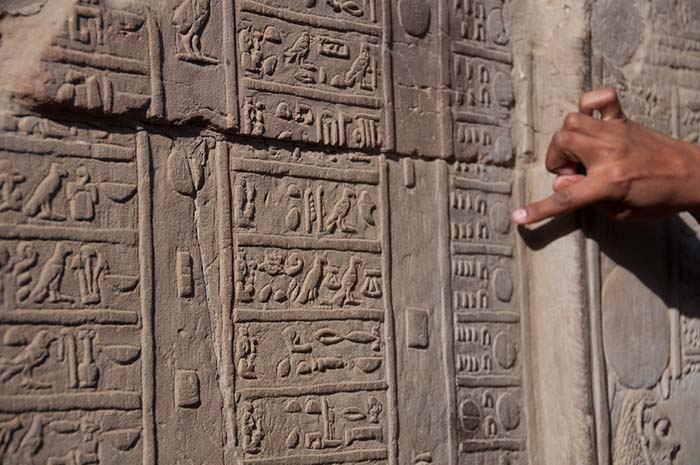The exact origin of the ancient Egyptian calendar is unknown, but it is estimated to have started around 5,000 years ago. The ancient Egyptians used a lunar calendar exclusively until they adopted their solar calendar.
The Egyptian calendar was linked to the planting and harvest seasons, and climate fluctuations, so much so that Egyptian farmers have been relying on it to determine planting and crop seasons for thousands of years.
The Egyptians were able to calculate the solar year and it was 365 days, 5 hours, 49 minutes, and 45 and a half seconds. They divided the year into three seasons, not four as is the current situation, namely “the season of flood, sowing of seeds, and the season of harvest or spring.” Each of them includes four months that coincide with the rise and fall of the water level of the Nile River. They divided the year into 12 months whose names are as follows: (Tut , Baba, Hattur, Kiahk, Tuba, Amshir, Barmahat, Barmudah, Bashans, Bounah, Aviv, Misra, and Nes’, and each month was divided into 30 days, so that the total number of days was 360 days in the year, and they called it (the Thut calendar) in reference to the deity. Thoth “Tut”, then they added a small month, “Al-Nas’i”, representing five days, increasing the year to 365 days. Those five forgotten days in which the five gods (Osoruis, Isis, Nephthys, Set, and Horus) were born. Then they added a sixth day to them every four years, which they presented as a gift to the god (Thoth), who taught those letters, words, and the calendar.
The Egyptian calendar provides valuable insights into the daily life, religious beliefs, and societal priorities of ancient Egypt. It serves as a historical record, allowing modern scholars to reconstruct aspects of their culture and comprehend the interconnectedness of time, religion, and agriculture in ancient Egyptian society.
The start of the Egyptian calendar year was marked by the heliacal rising of Sirius, the brightest star in the sky. This event coincided with the annual flooding of the Nile, a crucial natural phenomenon for agriculture. The Egyptians observed this celestial alignment to predict the timing of the flood and to plan their agricultural activities accordingly.
The calendar played a central role in scheduling religious festivals and civic events. Certain months were associated with specific deities and had corresponding festivals and celebrations. For example, the month of Thoth was linked to the god Thoth and was considered a time of reflection and ritual.
The Coptic calendar, used by the Egyptian Christian community, has its roots in the ancient Egyptian calendar. It retained the 12 months of 30 days structure but modified the leap year calculation. The Coptic calendar is still in use today, particularly among the Coptic Orthodox Church.
In summary, the ancient Egyptian calendar was distinctive in its 365-day structure, use of intercalary days, and close association with celestial events, agriculture, and religious practices. These unique features highlight the sophistication and cultural significance of the calendar in the context of ancient Egyptian society.



Comment (0)